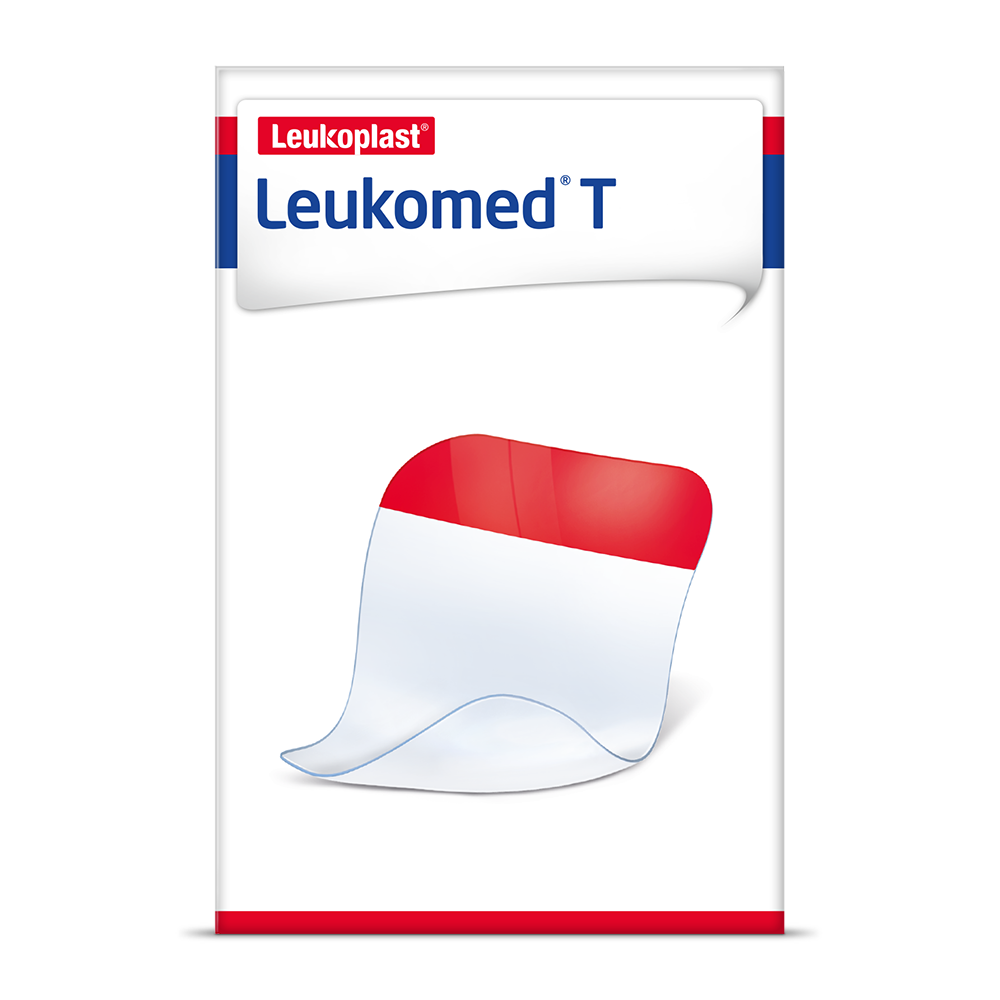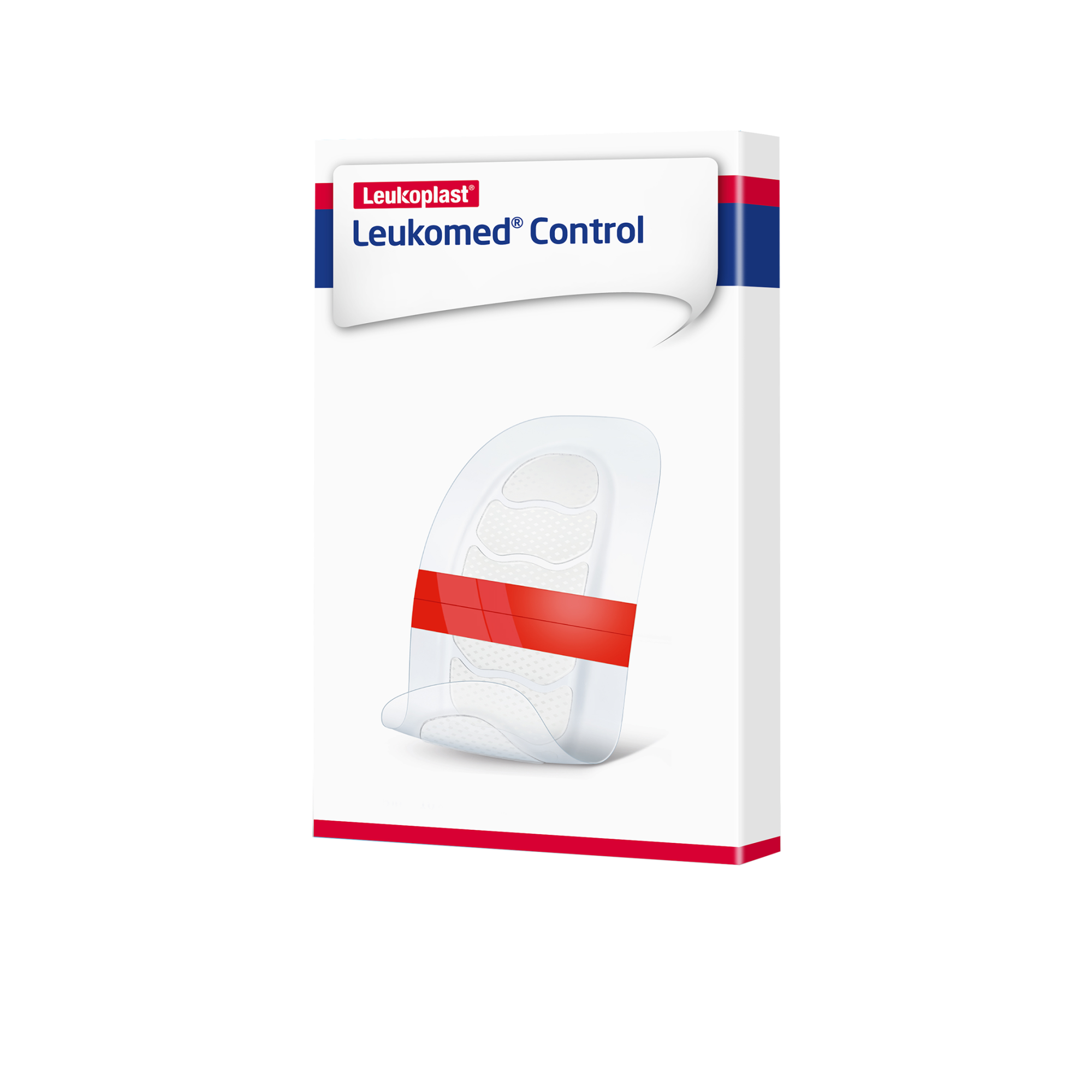Wound infection prevention
Open wounds – especially large or deep ones – are a gateway for various types of germs like bacteria or fungi that can enter the wound and impede the healing process.
Open wounds – especially large or deep ones – are a gateway for various types of germs like bacteria or fungi that can enter the wound and impede the healing process.
For the prevention of wound infection, it is important to maintain a clean and hygienic environment: clean the wound and the area around it, use sterile dressings and protect the wound from the penetration of germs.
This is achieved with special dressings that form a waterproof barrier (but are breathable at the same time) and even allow direct visual inspection of the wound. Leukoplast even offers adhesive bandages with a bacteria-binding wound pad that can remove germs from the wound with each dressing change.
Infection can be signified by
If any of these signs are present or your wound is not healing you should contact your medical provider.
Care for infected wounds is a case for the medical experts. They may recommend an over-the-counter fever-reducer or analgesic or prescribe an oral antibiotic to help aid in recovery.
Many common wounds can be dealt with at home. But when should a doctor be consulted? Scroll down for more information!

Sterile dressing for superficial and surgical wounds, and for fixing dressings.

Transparent, air permeable sterile dressing for dry and low-exuding wounds.